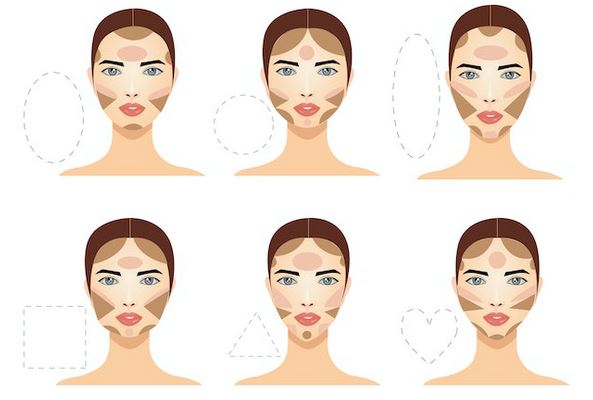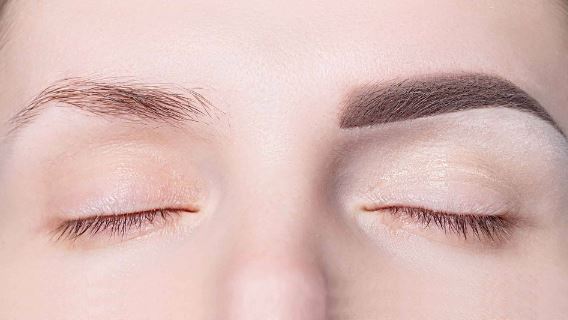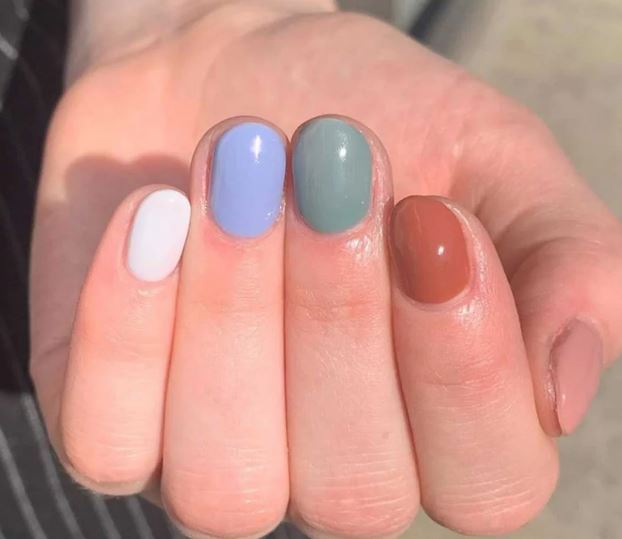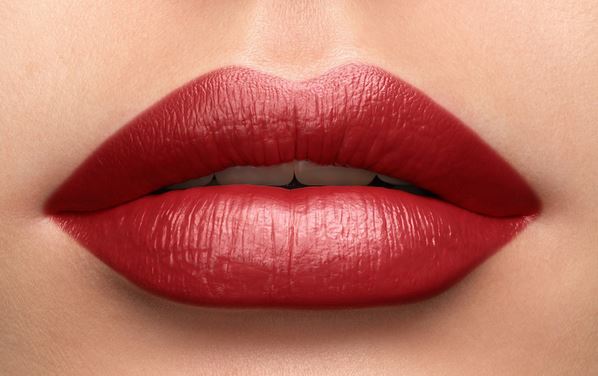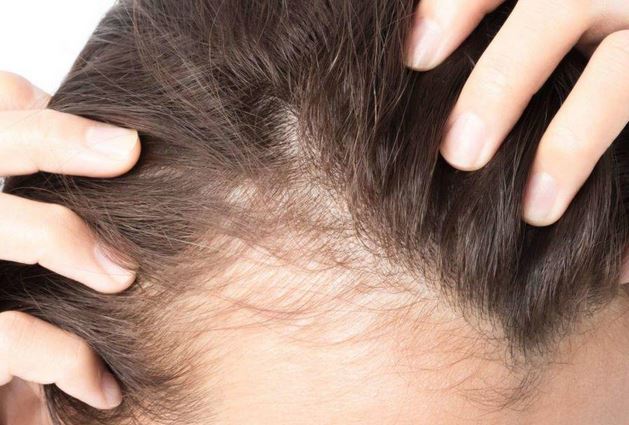Highlighting and contouring have become popular makeup techniques that can transform and sculpt the face, creating definition and enhancing your natural features. By strategically using light and dark shades, you can accentuate your cheekbones, slim down the nose, and create a more symmetrical and balanced appearance. However, mastering the art of highlighting and contouring requires an understanding of the science behind these techniques and careful consideration of product selection, application methods, and blending. In this article, we will explore the science behind contouring, provide key considerations for achieving a defined face, and answer common questions to help you unlock the power of highlighting and contouring.
The Science Behind Anti-Aging Makeup
Highlighting and contouring are not just makeup trends; they are rooted in scientific principles that focus on manipulating light and shadow to create the illusion of different facial shapes and dimensions. Understanding the science behind contouring will enable you to choose the right products and techniques for achieving a defined face. Let's delve into the science behind highlighting and contouring:
Light and Shadow
The key principle behind highlighting and contouring is the interplay between light and shadow. By strategically placing lighter shades on areas you want to bring forward and darker shades on areas you want to recede, you can create the illusion of more prominent cheekbones, a slimmer nose, and a more sculpted face overall.
Color and Undertone
When it comes to selecting contour and highlight shades, consider your skin color and undertone. Contour shades should be a few shades darker than your natural skin tone and have a cool undertone to mimic the shadows on your face. Highlight shades, on the other hand, should be a few shades lighter than your skin tone and have a warm undertone to attract light and add dimension.
Product Formulation
The formulation of contour and highlight products is essential for achieving a natural and seamless result. Cream and powder products are the two main options for highlighting and contouring. Cream products provide a more natural, skin-like finish and are ideal for dry or normal skin types. Powder products, on the other hand, offer a matte finish and are better suited for oily or combination skin types.
Placement and Blending
Proper placement and blending are crucial for achieving a seamless and natural-looking result. Here are some key points to consider:
-
Contour: Apply the contour shade to the hollows of your cheeks, along the hairline, and under the jawline to create the illusion of shadows. Blend thoroughly to ensure a smooth transition between the contour and the rest of your makeup.
-
Highlight: Apply the highlight shade to the high points of your face, including the tops of your cheekbones, the bridge of your nose, the center of your forehead, and the cupid's bow. Blend well to create a subtle glow and enhance the features you want to bring forward.
-
Blending: Use a clean brush or a damp beauty sponge to blend the contour and highlight shades seamlessly into your foundation. Be gentle and take your time to avoid harsh lines or patches.
Consideration for Face Shape
Different face shapes may require specific contouring and highlighting techniques. For example:
-
Round Face: Contour along the hairline and jawline to create angles and definition. Highlight the center of the forehead and the cheekbones to draw attention upwards.
-
Square Face: Soften the angles by contouring the outer edges of the forehead and jawline. Highlight the center of the forehead, the bridge of the nose, and the apples of the cheeks.
-
Oval Face: Contour the hollows of the cheeks and along the hairline to add dimension. Highlight the center of the forehead, the bridge of the nose, and the cheekbones for a balanced glow.
-
Heart-shaped Face: Contour the temples and the sides of the forehead to minimize the width. Highlight the center of the forehead, the bridge of the nose, and the cheekbones for a radiant effect.
FAQ's
-
Can I contour and highlight every day?
Yes, you can contour and highlight on a daily basis if desired. However, for a more natural and subtle effect, consider using lighter application and blending techniques. Opt for cream products for a more natural finish.
-
Should I contour and highlight before or after applying foundation?
The general recommendation is to contour and highlight after applying foundation. This allows you to create a more seamless and blended look. However, some prefer to contour and highlight before foundation for a more natural and subtle effect.
-
Can I contour and highlight with a single product?
While some products are marketed as dual-purpose contour and highlight products, it is generally more effective to use separate products for each step. This allows for better control and customization of shades and finishes.
-
Can I contour and highlight if I have mature skin?
Absolutely! Contouring and highlighting can be done at any age. However, for mature skin, it's important to choose cream-based products that provide a more natural and dewy finish. Avoid heavy powders that may settle into fine lines.
-
How do I choose the right shade of contour and highlight for my skin tone?
Select a contour shade that is a few shades darker than your natural skin tone and has a cool undertone. For the highlight shade, choose one that is a few shades lighter than your skin tone and has a warm undertone. Test the shades on your jawline to find the most suitable match.
Conclusion
Mastering the art of highlighting and contouring requires an understanding of the science behind these techniques, careful product selection, and precise application methods. By manipulating light and shadow, choosing the right shades, and considering your face shape, you can achieve a defined and sculpted face that enhances your natural features. Remember to blend thoroughly for a seamless finish and embrace the power of highlighting and contouring to elevate your makeup game.
|
